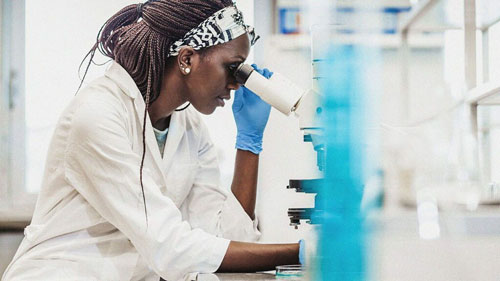IN a new study, researchers reversed Parkinson’s symptoms in monkeys, including movement difficulties and depression, by grafting dopamine-producing cells into their brains.
They avoided immune rejection by growing the dopamine cells from the monkeys’ own cells.
The breakthrough raises hopes of an effective treatment for the millions of people with Parkinson’s disease.
The main symptoms of Parkinson’s disease are tremor, stiffness, slowness of movement, and impaired balance and coordination.
The disease can also cause difficulty swallowing, chewing, and speaking. In addition, people may experience emotional changes, such as depression.
Damage to dopamine-producing nerve cells located in the midbrain is responsible for most of the symptoms of Parkinson’s disease.
Treatment with drugs such as L-Dopa can alleviate the symptoms by replenishing the brain’s supplies of dopamine, but the drugs do not prevent the progressive degeneration of dopamine neurons.
“Those drugs work well for many patients, but the effect does not last,” says Prof. Marina Emborg, who researches Parkinson’s at the Wisconsin National Primate Research Center, part of the University of Wisconsin–Madison (UW–Madison).
“Eventually, as the disease progresses and their motor symptoms get worse, they are back to not having enough dopamine, and side effects of the drugs appear,” she explains.
For more than 4 decades, researchers have been experimenting with transplants of fetal tissue as a treatment for Parkinson’s, first in animal models of the disease and later in people.
However, the results have been mixed, in part because the immune system recognizes the tissue as foreign and attacks it. As a result, recipients have to take immunosuppressant drugs.
Another problem with this approach is that fetal tissue is difficult to obtain in large quantities and varies in its composition and quality.
A promising alternative is dopamine cells derived from induced pluripotent stem cells (iPSCs), which are cells that can be transformed into almost any type of cell in the body.









